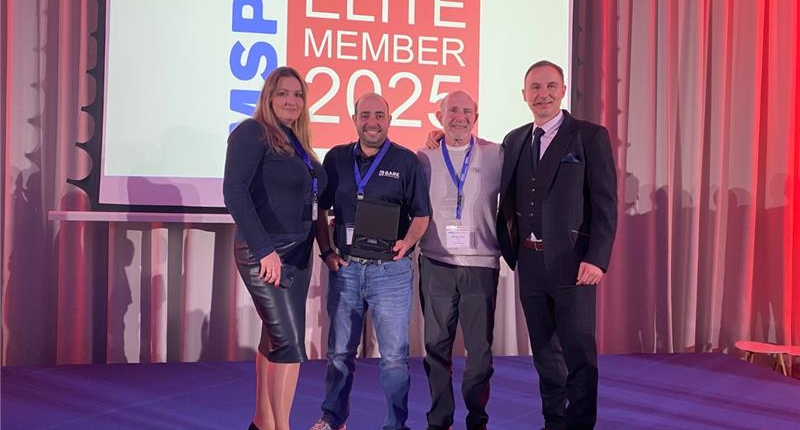BARE International Celebrates Global Growth, Client Successes, and Innovation Milestones Following Annual Company Update

The Missing Piece to Your Business Excellence

Turning Satisfaction Surveys into Strategic Action

Do You Really Know Your Customer’s Journey?

Viral Reviews & Real Lessons: Why CX Can Make or Break Your Business

Recent Posts
Categories
Archive
- July 2025
- June 2025
- May 2025
- April 2025
- March 2025
- February 2025
- December 2024
- November 2023
- October 2021
- August 2021
- July 2021
- April 2021
- March 2021
- February 2021
- January 2021
- December 2020
- November 2020
- October 2020
- September 2020
- August 2020
- July 2020
- June 2020
- May 2020
- April 2020
- March 2020
- February 2020
- January 2020
- December 2019
- November 2019
- October 2019
- July 2018
- June 2018
- May 2018
- April 2018
- March 2018
- February 2018
- January 2018
- December 2017
- November 2017
- July 2017
- June 2017
- May 2017

HEALTHCARE DIGITAL ADOPTION: TELEMEDICINE UP 2000%
‘Consumer electronics like phones or laptops are now essential medical technology, as doctors visits have transitioned from medical offices to your home. Via, of course, video live-streaming. “Vonage drives virtually all of the major telehealth providers throughout the world,” says CEO Alan Masarek recently on the TechFirst podcast. “And we’ve seen literally in the last month a 2,000% increase in video usage in the telehealth vertical.”’ BARE shares an article by John Koetsier for Forbes Consumer Tech on the unprecedented increase in telehealth and online video usage as industries shift into digital adoption amongst COVID-19.
Read more
COVID-19 IMPACT ON E-COMMERCE: IS YOUR STORE SAFE?
‘Many marketing experts predict that e-commerce sales will only increase as COVID-19 infections soar, social distancing becomes standard practice, and more people choose—or are required—to stay home. However… 36% of sellers predict their sales will actually decline.’ Read on as BARE shares an article by Michael Ugino from Business 2 Community on the Impact of Coronavirus on E-Commerce and ‘what sellers can expect during this turbulent time, as well as tips from e-commerce experts on how to protect your online business and make the most of this opportunity by connecting with your customers. Read more
BARE SHARES: 6 WAYS TO OPTIMIZE YOUR ONLINE MENU & SURVIVE THE COVID CRISIS
‘These are turbulent and scary times for restaurant operators across the board. Online orders went from 10% to 100% of your business in just a matter of days. Your in-store order channel completely disappeared… But the pre-COVID rules of the road have changed drastically. The guest, now ordering solely through your online channels, needs an optimized menu for the current environment.’ BARE International shares an article from Fast Casual on 6 Ways to Ensure Your Online Menu is COVID-Friendly.
Read more